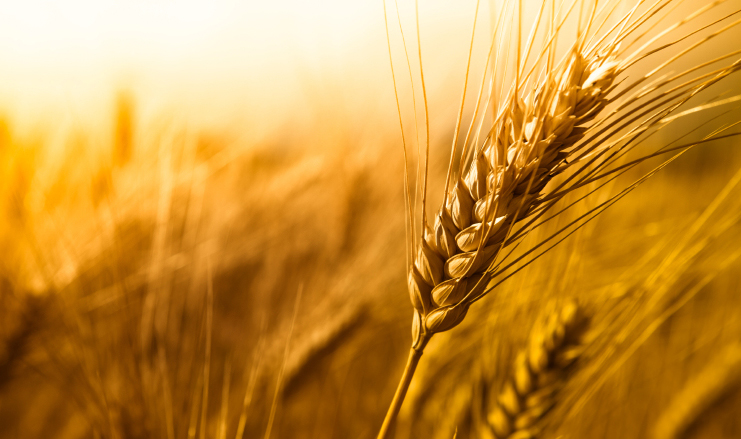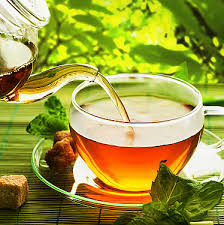Stamp: Tea Picking (Bangladesh 1973)
Tea Picking (Bangladesh 1973)
30 April (Bangladesh ) within release Images From Bangladesh goes into circulation Stamp Tea Picking face value 75 Bangladeshi paisa
| Stamp Tea Picking in catalogues | |
|---|---|
| Michel: | Mi:BD D6 |
| Yvert et Tellier: | Yt:BD S8 |
Stamp is vertical format.
Also in the issue Images From Bangladesh:
- Stamp - Stamp overprint face value 5;
- Stamp - Stamp overprint face value 10;
- Stamp - Stamp overprint face value 20;
- Stamp - Tea Picking face value 75;
- Stamp - Overprinted face value 5;
- Stamp - Overprinted face value 60;
Stamp Tea Picking it reflects the thematic directions:
Agriculture is the cultivation and breeding of animals, plants and fungi for food, fiber, biofuel, medicinal plants and other products used to sustain and enhance human life.[1] Agriculture was the key development in the rise of sedentary human civilization, whereby farming of domesticated species created food surpluses that nurtured the development of civilization. The study of agriculture is known as agricultural science. The history of agriculture dates back thousands of years, and its development has been driven and defined by greatly different climates, cultures, and technologies. Industrial agriculture based on large-scale monoculture farming has become the dominant agricultural methodology.
A crop is a plant that can be grown and harvested extensively for profit or subsistence. In other words, crop is a plant or plant product that is grown for a specific purpose such as food, fibre or fuel.
When plants of the same species are cultivated in rows or other systematic arrangements, it is called crop field or crop cultivation.
Tea is an aromatic beverage prepared by pouring hot or boiling water over cured or fresh leaves of Camellia sinensis, an evergreen shrub native to East Asia which probably originated in the borderlands of southwestern China and northern Myanmar. Tea is also made, but rarely, from the leaves of Camellia taliensis. After plain water, tea is the most widely consumed drink in the world. There are many different types of tea; some have a cooling, slightly bitter, and astringent flavour, while others have profiles that include sweet, nutty, floral, or grassy notes. Tea has a stimulating effect in humans, primarily due to its caffeine content



